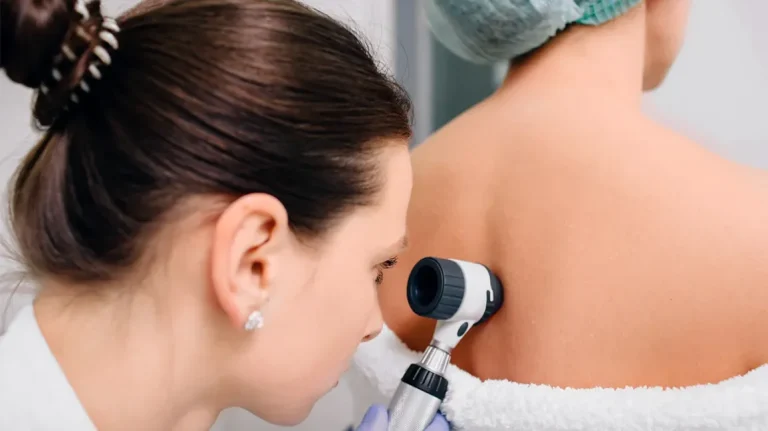When we talk about the intestine, we probably will think about the grilled intestine or cooked one you have had or saw others have for their meal time. Have you ever wondered how the human intestine is important for us humans? We probably underestimate the intestine function as everyday we are able to do bowel movement without any issue. People who have had disease such as intussusception will know how important having a healthy and normal intestine is. In this DoctorOnCall’s article, we will learn about intussusception.
Intussusception refers to one part of the intestine slides inside another part. In other words, intussusception occurs when a segment of bowel telescopes into an adjacent bowel segment. This will cause obstruction and to an extent of intestinal ischemia which can be a great problem.
In general, intussusception occurs between 6 months to 3 years of age. Most cases occur before the age of 1 and 70% before the age of 2. Intussusception is the common cause for intestinal obstruction in children. Most cases of intussusception in children is not known for its causes but in 10% of cases may be caused by infections, enlarged lymph nodes in the intestine and polyp in the bowel. In contrast with children, adults with intussusception mostly have causes that could lead to the condition with neoplasm or cancer, the common one.
What are the classical symptoms of intussusception? It is the sudden significant colicky abdominal pain. Both children and adults experience abdominal pain due to the intestine trying to work normally. The pain is intermittent as the bowel segment transiently stops contracting. Children may vomit with green colour resulting from the bile. The classical sign in children with intussusception is the bleeding stool resembling “red currant jelly” and a “sausage-shaped” mass on their abdomen. Fever is not a symptom of intussusception but this is often found as a result of perforated bowel and sepsis.
To diagnose intussusception, for children, finding signs such as Dance sign can be a great clue. Ultrasound can give clear images of the intestine in children. CT-scan is much more preferred over ultrasound in detecting intussusception in adults. CT-scan is also another best imaging test when ultrasound is used in children unable to give a clear answer. However, CT-scan is not preferred in children in most cases as there is the need for anaesthesia and the risk for radiation exposure or intravenous contrast usage. In adults, ultrasound is less helpful as the result may stir confusion.
Treatment for children depends on the symptoms and age. Some children may only need barium enema to repair the intussusception. Some can be corrected with air enema or saline enema. These enemas are done by placing a small tube in the child’s rectum. Surgery may be needed when enema does not improve symptoms or those unable to have the enema procedure. Surgery is done to remove the damaged intestine. Adults with intussusception often need surgery due to the high chances for malignancy.
Intussusception in children is not immediately life-threatening. Most cases are successfully treated with barium, air or saline enema. However, 10% cases may reoccur within 24 hours following the enemas. Although surgery is needed, it does not mean that the intestine will be removed as the surgeon will try to manually squeeze the part to release the telescoped part. When this fails, the affected section is removed via surgical method. Intussusception may be dealt with laparoscopy. In adults, surgery is often needed to remove the affected area.
The outcome for patients with intussusception depends on the age too. Children often have better outcomes compared to adults. It is worth noting that this only applies when the condition is treated quickly. When left untreated, it can lead to death in 2 to 5 days. The longer the intestine is affected and the longer it does not receive blood supply, the less effective surgery will be to treat the condition. Adults with intussusception typically have poor outcomes as the disease is rare and this is made worse by the malignancy probability. Furthermore, diagnosis and treatment often are delayed in adults. On top of that, the definite diagnosis of intussusception in adults is often done when a patient is on the table in the operating room. This then causes delay in treatment which then leads to severe complications. Complications include peritonitis, sepsis, bowel ischemia, necrosis or perforation.’
In essence, intussusception is a condition in which part of the intestine folds into the adjacent section. It often causes bowel obstruction. Intussusception can occur both in children and adults. Causes for intussusception in children are usually unknown but in adults are relatively known. Classical symptoms of intussusception is the abdominal pain that is transient. In children, crying and irritability but being able to play in between the cry can be a symptom of intussusception. Some children may continuously be tired and dehydrated.


















